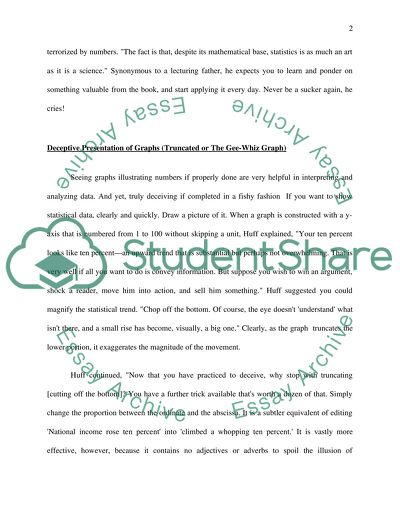Cite this document
(“Darrell Huff's How to Lie with Statistics Book Report/Review”, n.d.)
Darrell Huff's How to Lie with Statistics Book Report/Review. Retrieved from https://studentshare.org/literature/1525779-darrell-huffs-how-to-lie-with-statistics
Darrell Huff's How to Lie with Statistics Book Report/Review. Retrieved from https://studentshare.org/literature/1525779-darrell-huffs-how-to-lie-with-statistics
(Darrell Huff'S How to Lie With Statistics Book Report/Review)
Darrell Huff'S How to Lie With Statistics Book Report/Review. https://studentshare.org/literature/1525779-darrell-huffs-how-to-lie-with-statistics.
Darrell Huff'S How to Lie With Statistics Book Report/Review. https://studentshare.org/literature/1525779-darrell-huffs-how-to-lie-with-statistics.
“Darrell Huff'S How to Lie With Statistics Book Report/Review”, n.d. https://studentshare.org/literature/1525779-darrell-huffs-how-to-lie-with-statistics.


